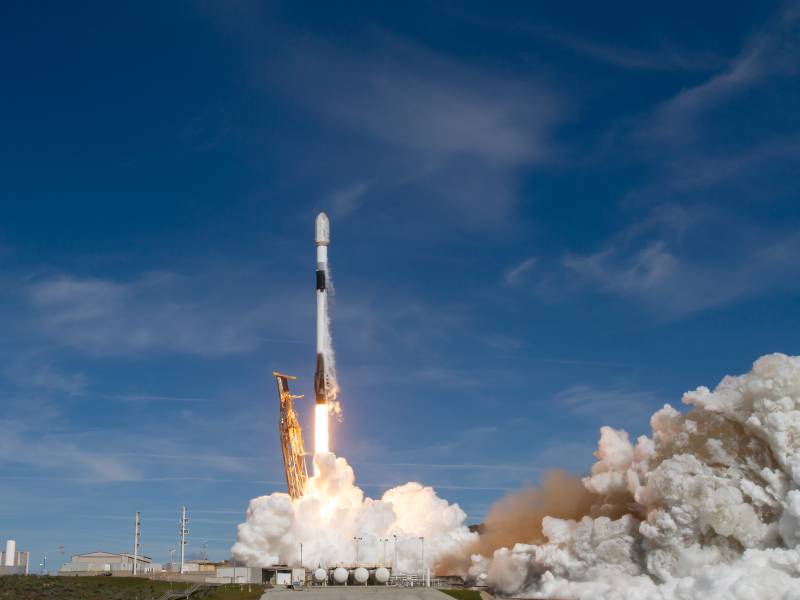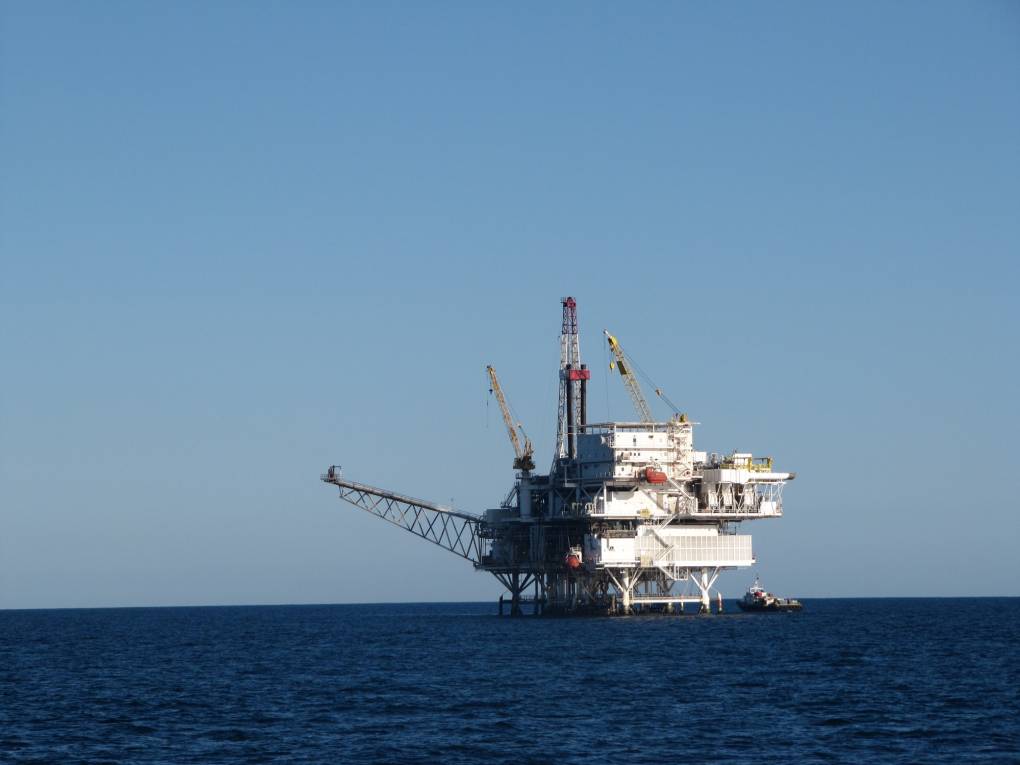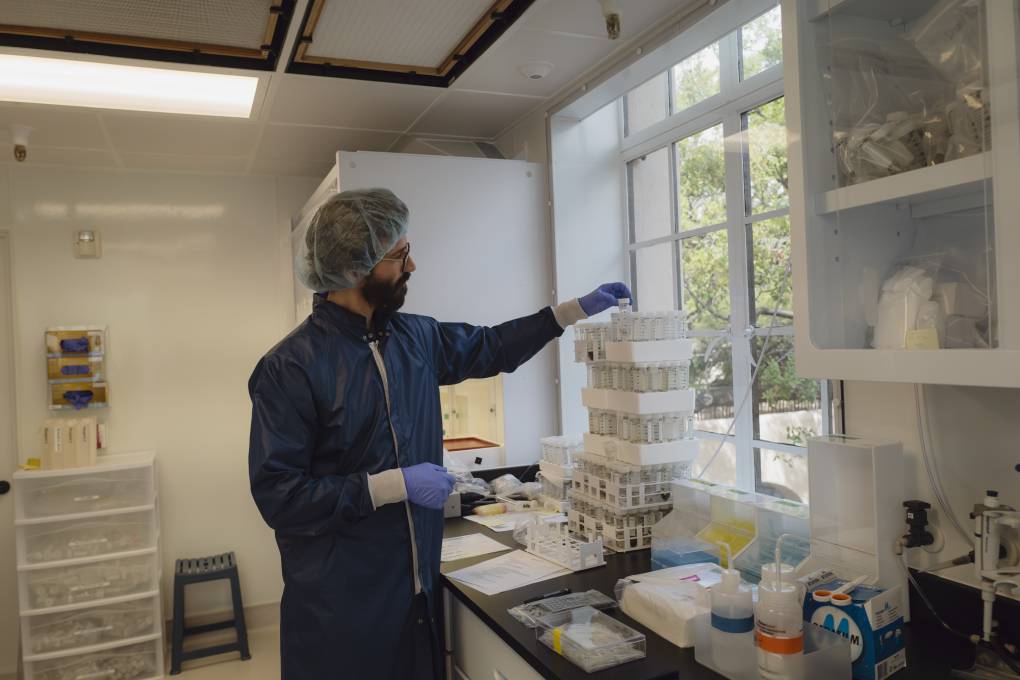But focusing on the oil and gas sector was strategic, Hamburg says. Oil and gas have a concentrated number of players with bigger budgets to clean up their operations. “The ability to remediate is much greater, and it’s cost-effective,” he says.
In the past six years, EDF put together a team — including scientists from Harvard University and other groups — to build a satellite to get a better picture of the oil industry. The satellite has sensors specifically designed to pick up the fingerprint of the methane molecule. The sensors now orbiting in space will then send data back to Earth in the coming months.
The hope is that regulators will use this data, Hamburg says. “There’s interest. There’s conversations, not just with the U.S. EPA, but in other governments and other regulators,” he says.
Late last year, the EPA made a new rule that, for the first time, requires oil and gas operators to monitor, detect and fix methane leaks.
A spokesperson for the EPA says in an emailed statement that the EPA’s new rule “has a mechanism for third-party notifiers using approved remote sensing technologies to be certified — enabling them to notify EPA of methane super-emitter events.” Super-emitter events happen when large amounts of methane are released. “EDF, along with other owners of remote sensing technologies, may apply to be certified,” the EPA says.



